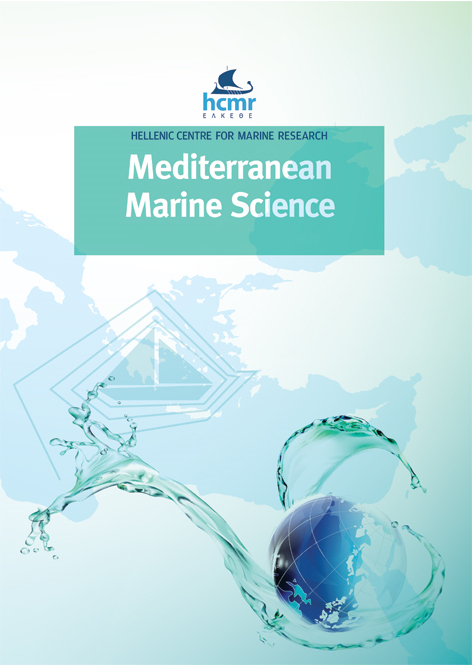Development and catch efficiency of an attracting device to collect and monitor the invasive fireworm Hermodice carunculata in the Mediterranean Sea

Περίληψη
The fireworm Hermodice carunculata (Annelida) is emerging as a native invader and a neonative species in the Central Mediterranean basins. Its ongoing areal expansion has probably been triggered and pursued by the climate alterations which are affecting the Mediterranean environments and biota. However, increased H. carunculata abundance and distribution may be miscalculated and underestimated due to the lack of effective tools for collection and monitoring. Indeed, fireworms spend most of the daytime in crevices and holes, making it impossible to obtain reliable data in underwater surveys.
In this study, traps were developed to provide suitable shelter and food to fireworms, and their effectiveness and specificity were assessed by testing different immersion times, environmental conditions and types of bait. Pierced plastic baskets adapted for fireworm capture proved to be extremely easy to set up, reproducible, cheap, and highly specific. The devices were used in 11 sites located along the Ionian Apulian coast (Italy). They resulted suitable and effective: more than 90% of the traps baited with raw fish succeeded in capturing H. carunculata specimens, with an average of 8-9 fireworms captured per trap. The traps were deployed in a depth range of 1.5-9 m with immersion times of up to 4 h, and even large sized fireworms (> 32 cm in length) were caught. These attracting devices could be successful in different forthcoming challenges, allowing the collection of a great number of fireworms to investigate their impact on rocky bottom communities, distribution and potential for bioprospecting. Besides, the cheapness and ease of use of the traps also make them suitable for Citizen Science studies and sampling campaigns aiming at characterizing the expanding populations. Future applications will be critical to improve deployment success and test user friendliness.
Λεπτομέρειες άρθρου
- Πώς να δημιουργήσετε Αναφορές
-
SIMONINI, R., RIGHI, S., ZANETTI, F., FAI, S., & PREVEDELLI, D. (2021). Development and catch efficiency of an attracting device to collect and monitor the invasive fireworm Hermodice carunculata in the Mediterranean Sea. Mediterranean Marine Science, 22(3), 706–714. https://doi.org/10.12681/mms.26916
- Τεύχος
- Τόμ. 22 Αρ. 3 (2021)
- Ενότητα
- Research Article
Authors who publish with this journal agree to the following terms:
- Authors retain copyright and grant the journal right of first publication with the work simultaneously licensed under a Creative Commons Attribution Non-Commercial License that allows others to share the work with an acknowledgement of the work's authorship and initial publication in this journal.
- Authors are able to enter into separate, additional contractual arrangements for the non-exclusive distribution of the journal's published version of the work (e.g. post it to an institutional repository or publish it in a book), with an acknowledgement of its initial publication in this journal.
- Authors are permitted and encouraged to post their work online (preferably in institutional repositories or on their website) prior to and during the submission process, as it can lead to productive exchanges, as well as earlier and greater citation of published work (See The Effect of Open Access).






